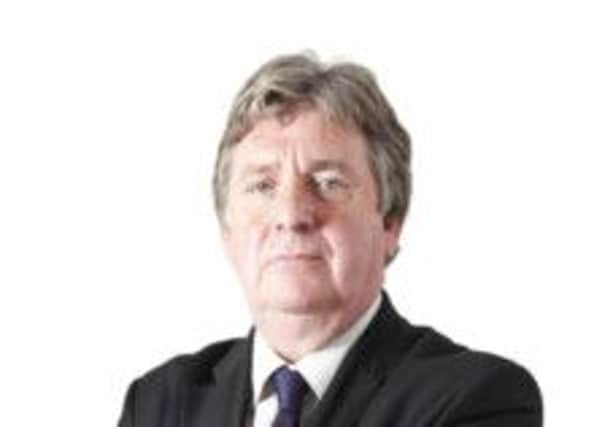Comment: Plenty of reasons not to feel deflated


That was down from 1 per cent in November, and prices continue to slide. This could be the exact opposite of bad news, however. It may even be an extended opportunity for the UK economy to continue a recovery that is remarkable compared to Japan and much of Europe.
Going to sub-zero inflation may make a vaguely ominous headline. But it is not what virtually all economists would define as deflation.
Advertisement
Hide AdAdvertisement
Hide AdPersistently negative inflation and an accompanying consumer attitude that purchases should be delayed because prices have further to fall is necessary for that.
The Bank believes, by contrast, that energy prices will come back as 2015 progresses and that the greater real wage growth we are now seeing will also help reverse inflation before it becomes dangerous.
The positives for the UK recovery are that, with inflation at these historically low levels, but with stabilisers in the distance in late 2015, the Bank (and we) could have our cake and eat it.
Carney and co could watch the economy grow really quite strongly over the next year (maybe longer) and still not need to raise interest rates because of the helpful, but transient, low inflation. The Bank does not even rule out cutting rates further if necessary.
Even after any rise, Carney has forecast repeatedly that the authorities think a new paradigm has been entered. Subsequent base rate rises would be limited, gradual and hover at levels lower than historical trends.
The inflation report has retained its forecast of 2.9 per cent growth this year, and upgraded the forecast from 2.6 per cent to 2.9 per cent for 2016.
Following the financial crash and Great Recession, nobody talks about so-called Goldilocks economies any more.
But there is such a thing as masterly inactivity, knowing when not to interfere with a backdrop that is conducive. The Bank seems to have got that.
SUBSCRIBE TO THE SCOTSMAN’S BUSINESS BRIEFING